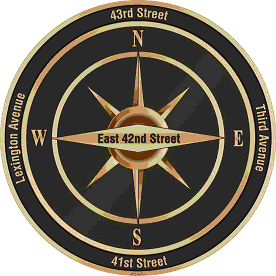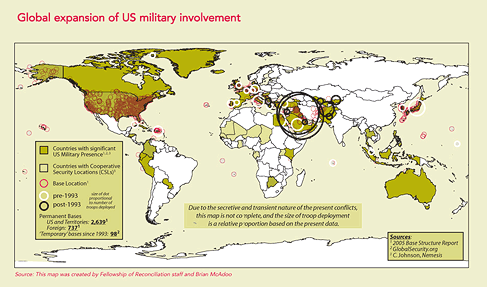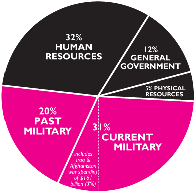gov
It's Official
Wow! Back in March 2006, I blogged an idea installing a compass rose at subway exits to help emerging travelers find their way. I posted a stencil design to help inspire action. Three weeks later, graffitti roses appeared in lower manhattan. And now a year-and-a-half later, the New York City Department of Transportation announces a plan to implement it.

The DoT will test the designs in midtown, around the heavily touristed Grand Central area. The context specific labels are a nice innovation, not just pointing north, but naming the nearest street in each direction.
See the official DoT press release here and a NY Times article here.
Two months before Bloomberg and his Office of Long Term Planning and Sustainability rolled out PlaNYC 2030, London’s Mayor Ken Livingstone released his own 148-page report called the Climate Change Action Plan. The two documents are strikingly similar in approach and have been applauded by environmental and business leaders alike. Yet there is at least one conspicuous – and significant – difference between the London and New York reports. The London plan devotes a full section to commercial and institutional buildings – analyzing in minute detail their energy use, recommending ways to improve efficiency and outlining various regulatory measures intended to force the commercial sector’s hand. New York City’s report, however, has no such section.”

The Food Bill
From an interview with Michael Pollan, author of The Omnivore’s Dilemma:
“There’s no question that the way we eat is in large part determined by legislation, the Farm Bill in particular. There’s a set of rules for the food system, and those rules are written into the Farm Bill. Most of us are unaware of this bill and don’t understand how this whole system works. The reason that fast-food is so cheap is in large part because we subsidize the growing of corn and soybeans, which are turned into livestock feed very cheaply, and the former into a very cheap sweetener, in the case of high-fructose corn syrup. So we unwittingly made a set of choices, without any of us really being consulted about how we would eat. It’s no accident that this is a fast-food nation. Policy has a lot to do with it. So if you’re going to change the food system, there is a lot that you, the consumer, can do on your own; but in the end, it will be very important to make changes at the national level.
...I think the people involved don’t want anyone else getting involved. It works really well for them that it’s treated as a parochial piece of legislation only of interest to the senators from Iowa or Nebraska or Illinois. Part of it starts with calling it the “Farm Bill.” Nobody thinks that farming is their issue. They think it’s a piece of legislation of interest to farmers. It should be called the “Food Bill” because it really is about how we get our food. People aren’t aware of the impact of this piece of legislation. If they were, they would pay more attention, and there would be a larger political debate around it. I’m hoping this year there will be.”
It occurs to me that there’s a strong parallel between much action and writing about progressive food and sustainable design. Both seem to focus heavily on personal choices and per project consumption: consuming only vegetables, buying organic or local, vs. consuming only recycled paper, non-toxic printing, using sustainable materials or energy. Along the lines of this previous item, I think these gestures are fine and good, certainly we should become the change we want to see. But surprisingly few concerned eaters and designers turn their attention to policy or legislation.
Community projects will focus on urban farming, making homes energy efficient, reproductive health, transportation systems , education, and design for people with dementia. This looks like a grand convergence of the last few years of work by the UK Design Council.
“How are terror and counterterrorist networks visualized? How can we locate and visualize their clandestine operations and network structures, both on a real and virtual level? And how does the visualization of these networks correlate to an operational strategy of symbolic violence, coercive intimidation and political fear?”


